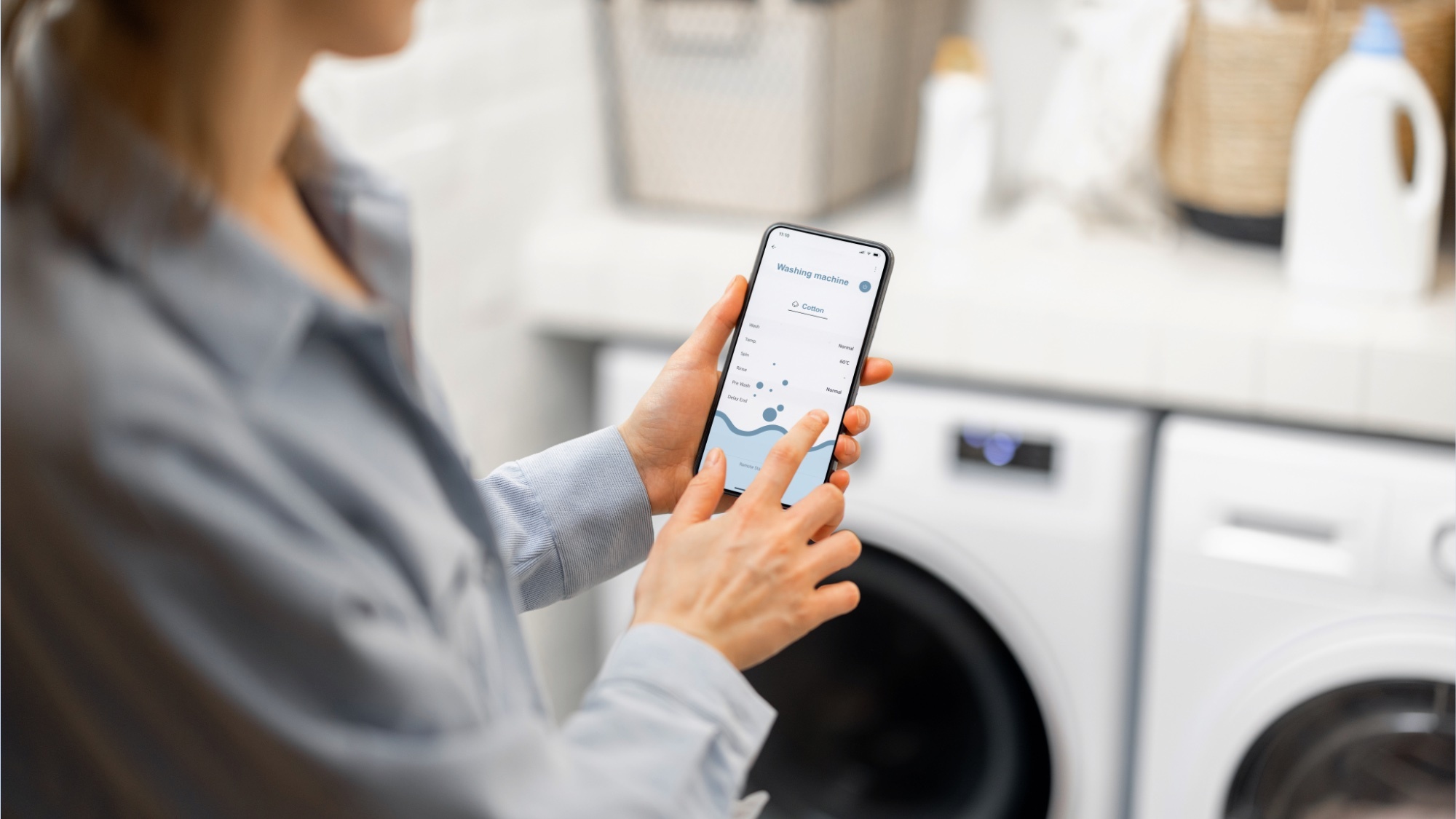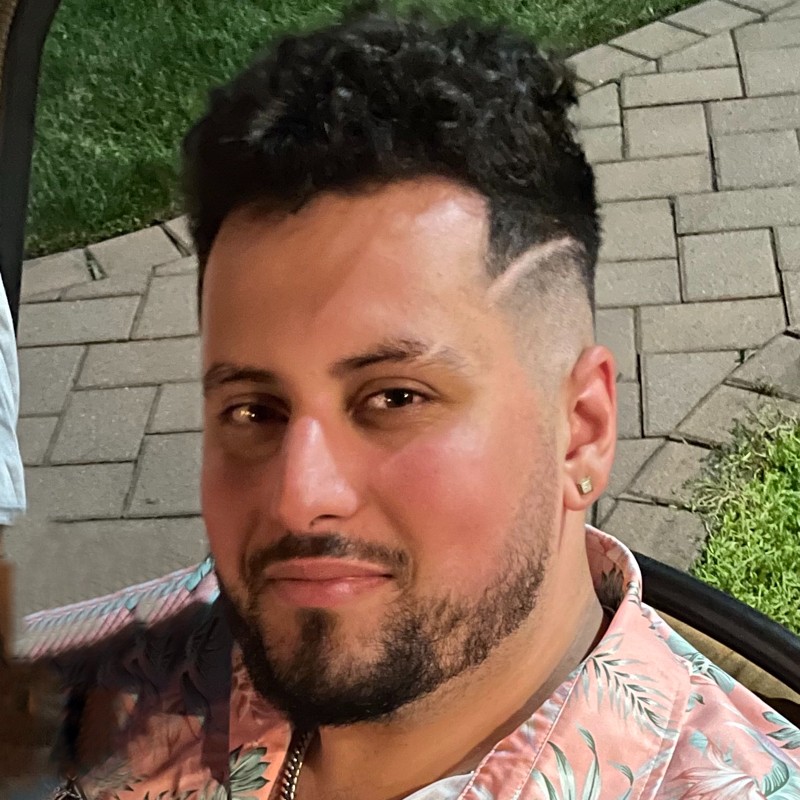5 easy ways to make your old washer and dryer smart
Take your smart home to the next level with notifications that let you know as soon as your laundry is done

I've always wanted a smart washer and dryer combo for my home. Like it or not, we spend a decent amount of time dealing with laundry and it can be a bear to keep track of each wash. Unlike the best smart lights and security cameras which are affordable and easy to setup, an internet-connected laundry room costs upwards of $2,000, if you want to get one of the best washing machines and best clothes dryers with a built-in smarts. Since I just wanted these machines to talk to my other smart devices like my phone and lighting, I hacked my existing setup for just one percent of that figure.
Below you'll find five different sensor options I came across ranging from free (provided you already have an Alexa device in your home) to $25. These devices can be added to your existing washer and dryer and then integrated into your smart home to send notifications to your phone, make an announcement on your smart speakers, and even flash your lights to let you know when a load is clean or dry. Here's how to get started.
Use an Alexa device with the "Listen for Beeping" trigger (free for Amazon Echo owners)
If you run an Amazon smart home, you'll have noticed Alexa's list of automation triggers has grown over the years. One of its newest options is "Listen for Appliance Beep." You can place one of the best Alexa smart speakers near your machines to listen out for the chime or song that plays when your washer or dryer finishes a cycle. This sound sets off your automated series of events. For example, you can have a notification sent to all of your devices (phone, smart speakers, TV, etc.) and flash your smart home lights.
Connect your machines to a smart plug (under $10)
If you also want to control your machine remotely, you can plug it into a high-wattage (16A or higher) smart plug with an energy-monitoring feature. You can use energy fluctuations as an automation trigger. Under the condition that if the power consumption of the washing machine is 25 watts then it's active, set a trigger to notify you when power falls below 25 watts, as this means your laundry is done. However, some electric dryers and washing machines are too powerful for a smart plug, which is where the options below come in.

Attach temperature and humidity sensors (under $20)
You can attach a temperature and humidity sensor like this one ($15, Amazon) to your dyer's exhaust pipe. Create an automation that monitors the temperature for a drop from high to low, which indicates that your clothes are ready to come out. In my experience, this notifies you within five minutes or less after a cycle is finished.
Install a vibration sensor (under $20)
Place or mount a vibration sensor ($17, Amazon) on a spot where your machines have the most noticeable impacts while they're powered on. Usually, this is atop the machine or on the side. You can use the "stop sensing motion" trigger to kick off your notifications when your machine comes to a stop.
Mount a contact sensor to dials (Under $15)
Do you have an old-school laundry machine that uses a timer dial? You can add a two-piece contact sensor ($15, Amazon) to the knob while it's in its natural position. This detector separates when you rotate the timer to set a cycle. Just create a quick smart home routine that lets you know when both sides of the sensor reestablish contact, which means the timer is back to zero and a job is complete.
Get instant access to breaking news, the hottest reviews, great deals and helpful tips.
More from Tom's Guide
Hunter Fenollol was a Senior Editor for Tom’s Guide. He specializes in smart home gadgets and appliances. Prior to joining the team, Hunter reviewed computers, wearables, and mixed reality gear for publications that include CNN Underscored, Popular Mechanics, and Laptop Magazine. When he’s not testing out the latest cooking gadgets, you can likely find him playing a round of golf or out with friends feeding his paycheck to a QuickHit slot machine.
Hunter started his career as an intern at Tom’s Guide back in 2019 while in college. He graduated from Long Island University Post with a degree in Communications and minor in Advertising. He has been vlogging ever since the iPhone 4 took front-facing cameras mainstream.

